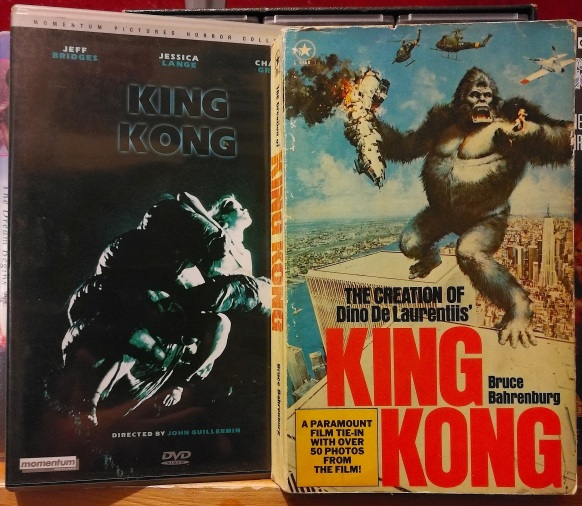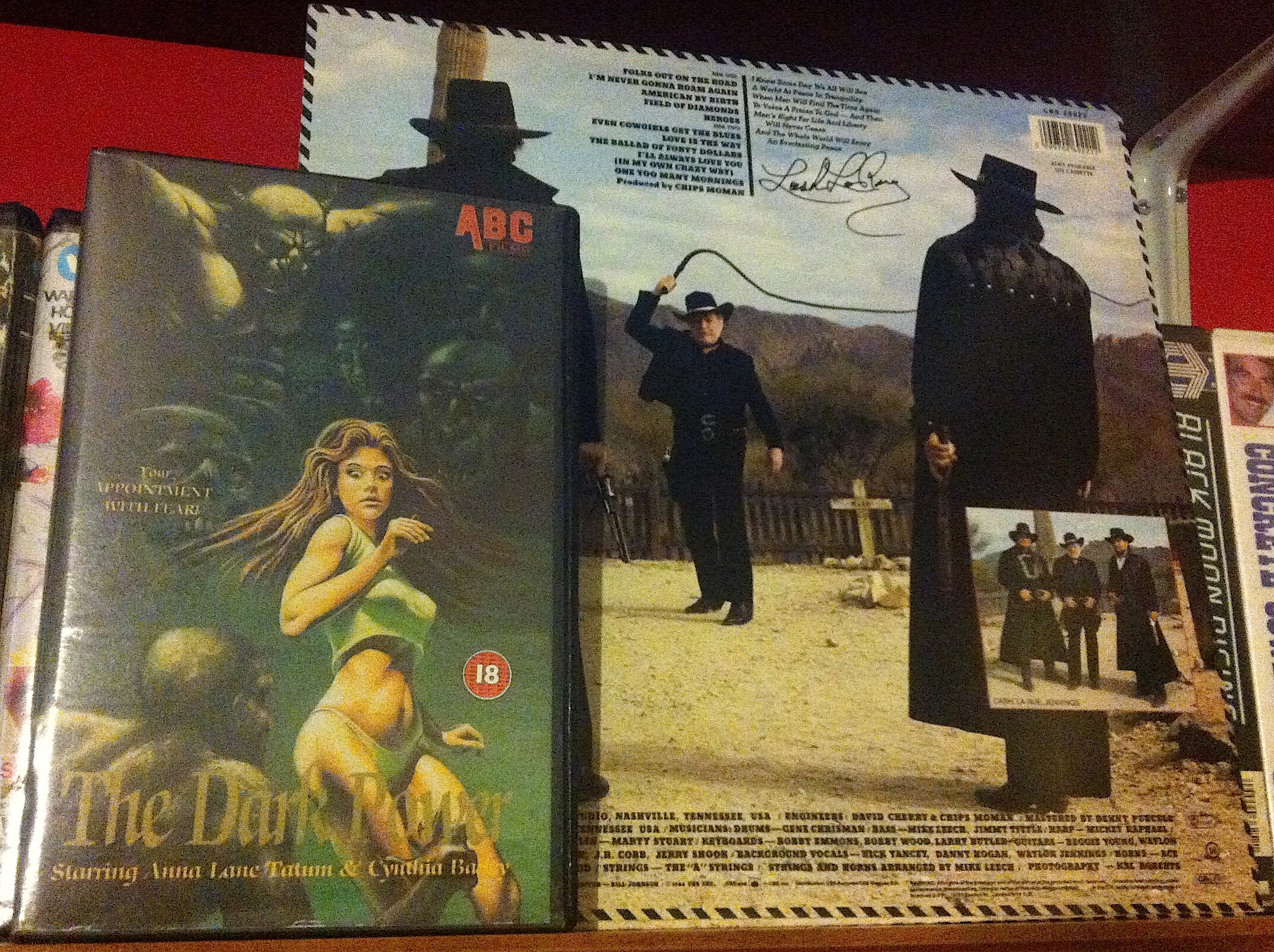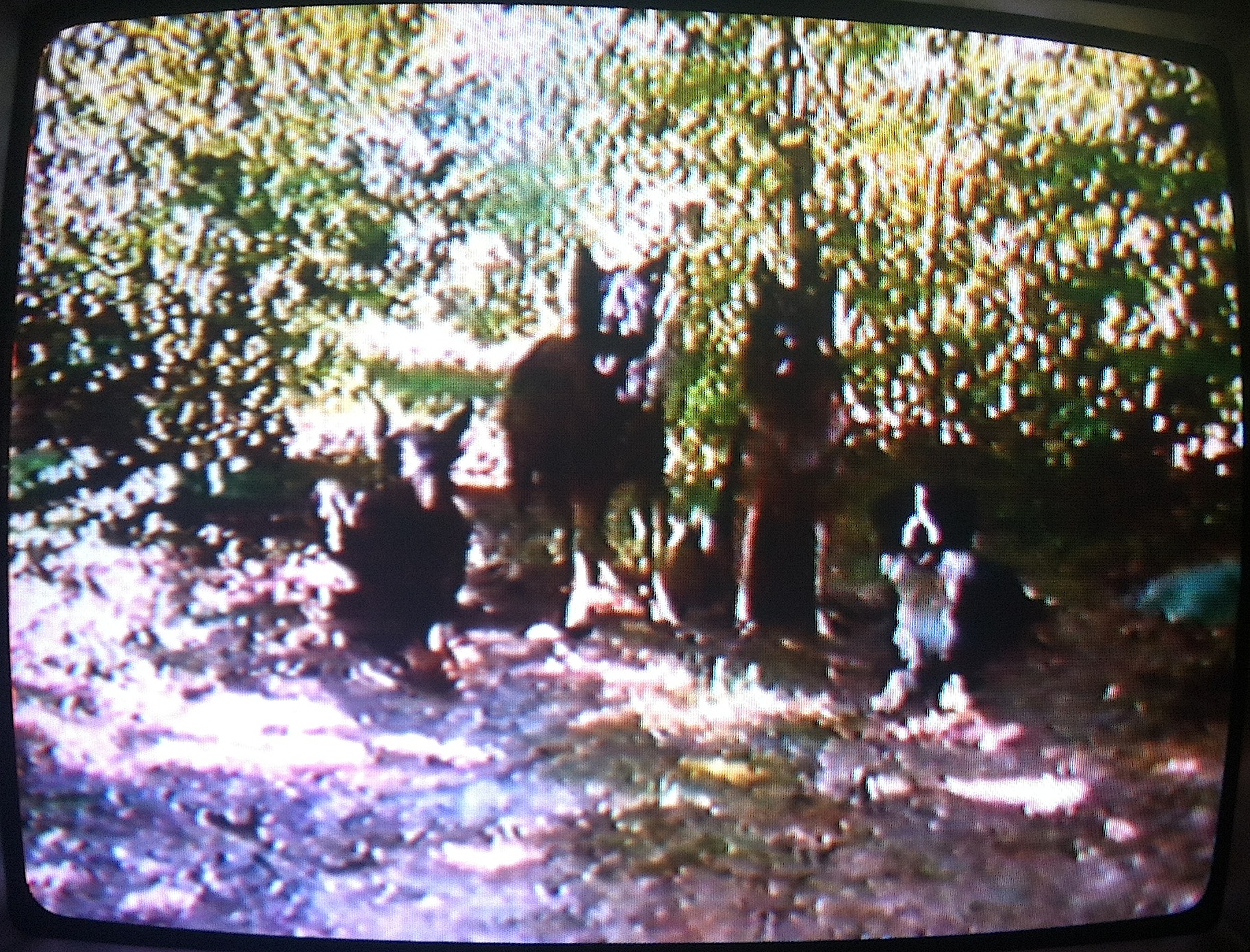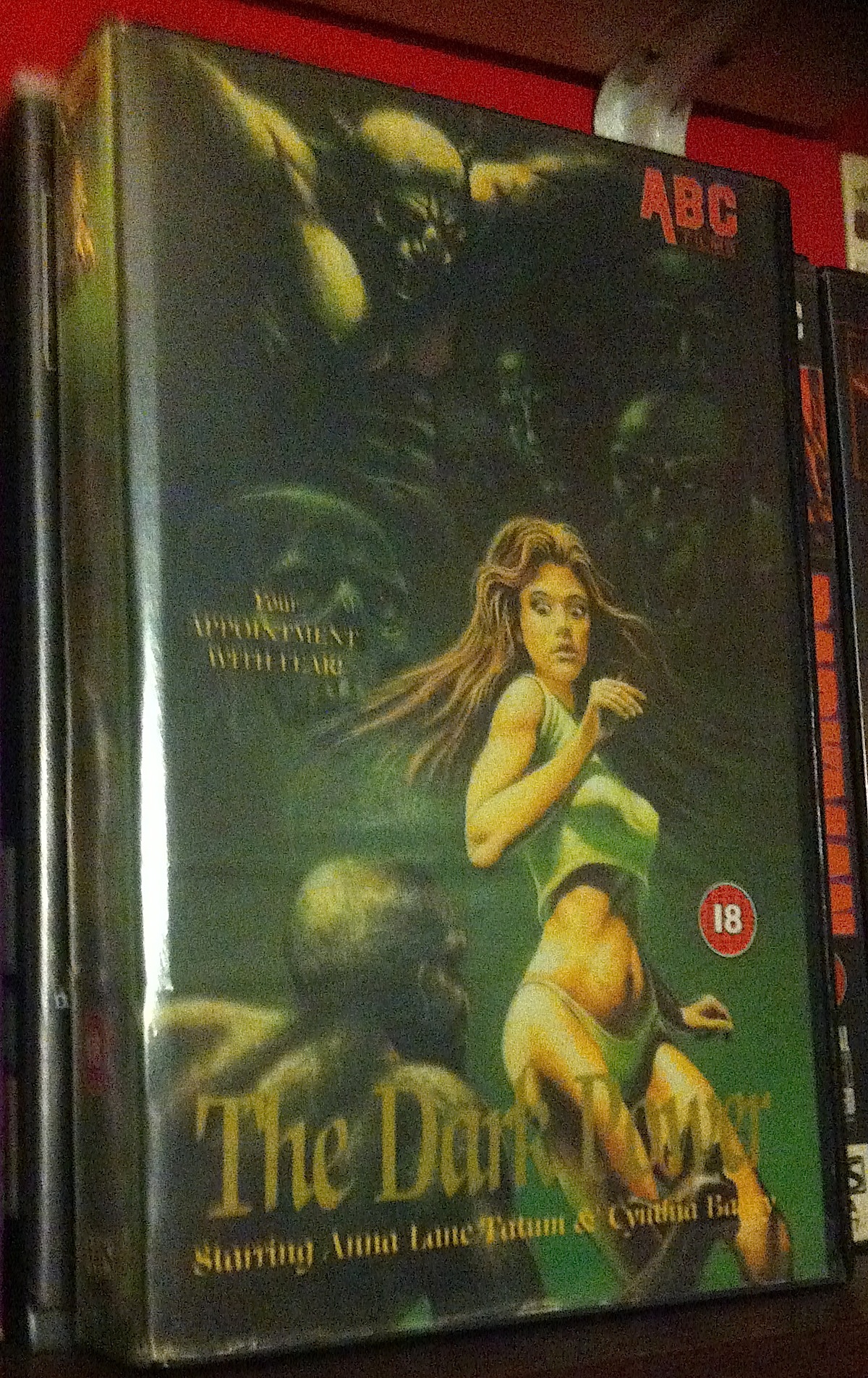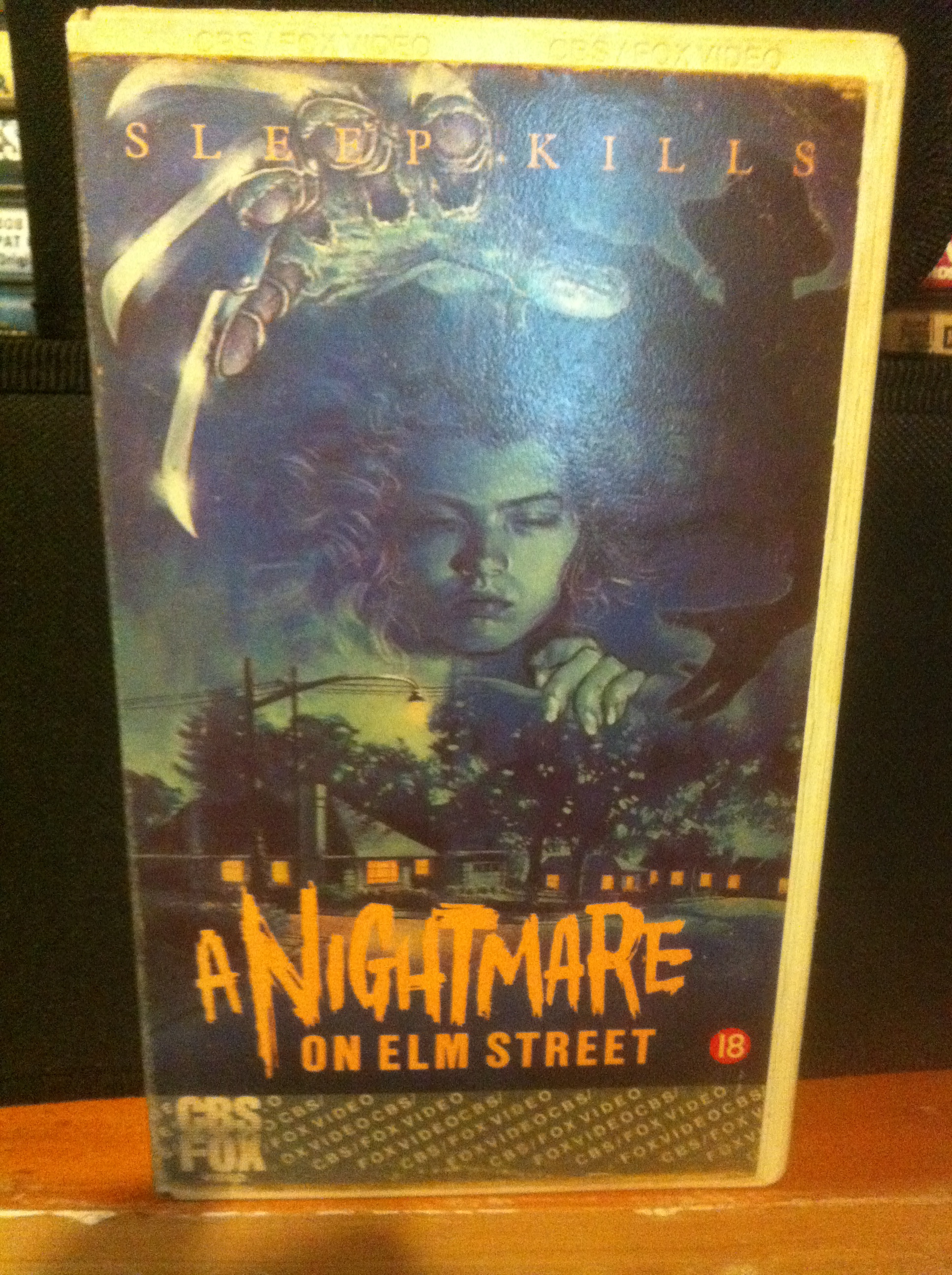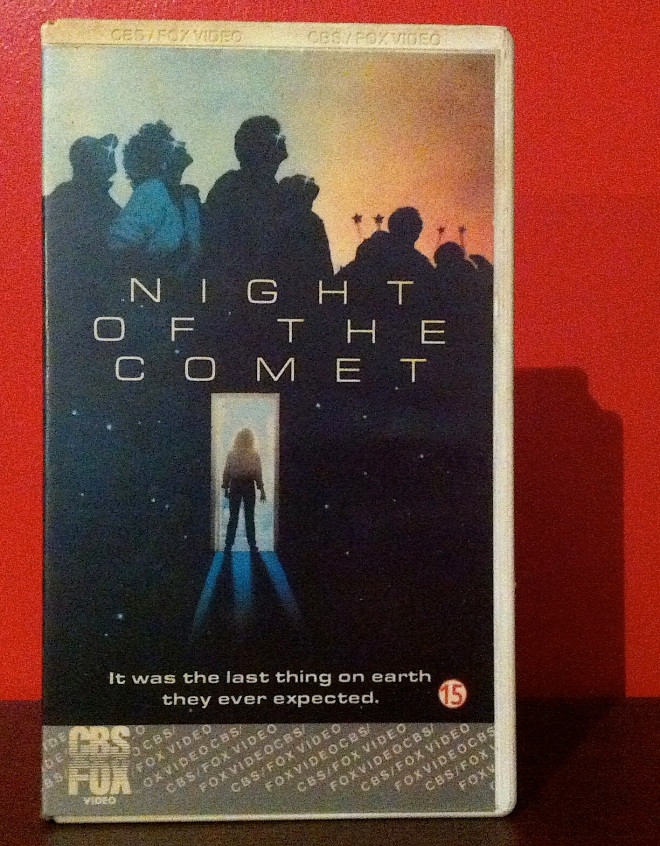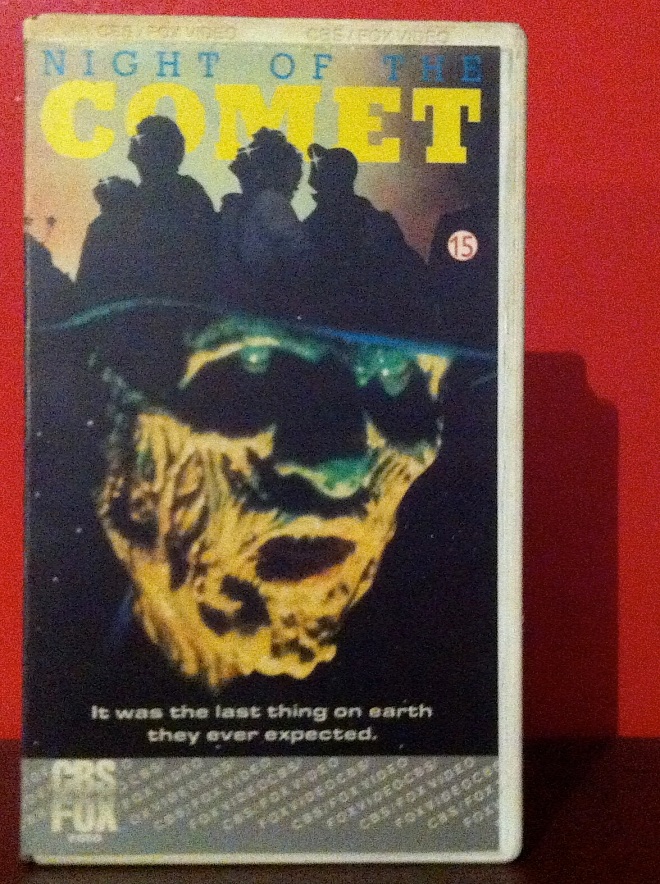Slippery Big Oil man Charles Grodin out of Filofax leads an expedition to an unexplored pacific island in the company of stowaway hippie palaeontologist Jeff Bridges out of Nadine and castaway starlet Jessica Lange out of Rob Roy. Once on the island, it turns out there’s not much to offer in the way of oil, so they take home a giant apelike creature instead. While being put on public display in New York, said giant ape expresses its general displeasure by breaking loose and going completely mental.
The first remake, then, of Merian C. Cooper’s 1933 original which has long been considered a classic and rightly so, with its legendary stop-motion animated effects and creature designs still holding up well today. It does have its problems though, particularly the pacing. The first half of the film is downright boring, with nothing much to hold the attention until Kong finally puts in an appearance. The 1976 iteration has no such problems – beautifully shot by Richard H. Kline, the first half of the film looks great and is always entertaining. It sounds great too, thanks to John Barry’s score. Its real problem is that, although the pacing holds up, once Kong finally appears the special effects are a huge let down and they continue to jar somewhat for the remaining running time.
I think I saw this Kong Kong at the cinema when I was wee and then again on the telly in my teens. I was prompted to revisit it for the first time since then, on DVD, after rediscovering Bruce Bahrenburg’s excellent behind the scenes book The Creation of Dino De Laurentiis’ King Kong. As a snapshot of the clash of Old Hollywood and the emergent major independent producers of the ’70s it’s a great read.
A lavish Dino De Laurentiis production, this was one of the most expensive movies ever at that point and much was made at the time about the 50 foot-tall mechanical Kong that would be used in the production. It even gets its own onscreen credit. However, impressive as it is, the mechanical Kong actually only puts in a few seconds of screen time, played for the rest of the film by an obvious man-in-a-suit, and a giant mechanical hand. The De Laurentiis production was up against a rival remake in preproduction at Universal, and so the film was shot on an unrealistically tight schedule. Problems with the mechanical Kong couldn’t be ironed out in time and so the man-in-suit solution, in the shape of future makeup effects guru Rick Baker, was arrived at. The end result is an odd clash between a very handsomely shot, lavish production and something that at times just looks cheap and silly. However even the “suit” sequences do have their moments with an attack on a city train being particularly impressive, as is the surprisingly bloody climax set on the twin towers of the World Trade Centre.
Scripted by master of high camp Lorenzo Semple Jr. (the ’60s Batman TV series, 1980’s Flash Gordon) and directed with a sure hand by John Guillermin, there’s a great cast of ’70s character actors and supporting regulars at work here (Jack O’Halloran, Renee Auberjonois, Ed Lauter), as well as the three main stars on the rise. Grodin lends depth to his corrupt, ambitious company man and it’s hard, from a post-Big Lebowski vantage point, not to view Bridge’s charismatic turn as a peek at The Dude’s younger years.
In one of old school Hollywood’s last attempts at classic star building, this is former model Jessica Lange’s first film appearance. The camera, of course, loves her but it would be disingenuous to say that she has “Oscar winner” written all over her at this stage. She acquits herself well, though, largely replacing Fay Wray’s incessant screaming from the 1933 film with satirically inclined feminism-lite dialogue of its day (“… you male chauvinist ape!”).
Though perhaps not the all-conquering blockbuster De Laurentiis had been hoping for, it did well enough to merit a belated sequel, the now largely forgotten King Kong Lives (1986). The original has been remade twice since, in 2005 and 2017. The 2005 effort is a complete misfire, overlong, overblown and over reliant on CGI, with a poorly designed Kong to boot. The 2017 take, Kong: Skull Island is actually a lot of fun, completely reinventing the Kong story while getting the CGI and creature designs right.
The 1976 film sits somewhere between its two descendants if, like them, falling shy of the original. Hampered by its schedule and the FX technology of the day, it is still hugely entertaining and often gorgeous to look at.
